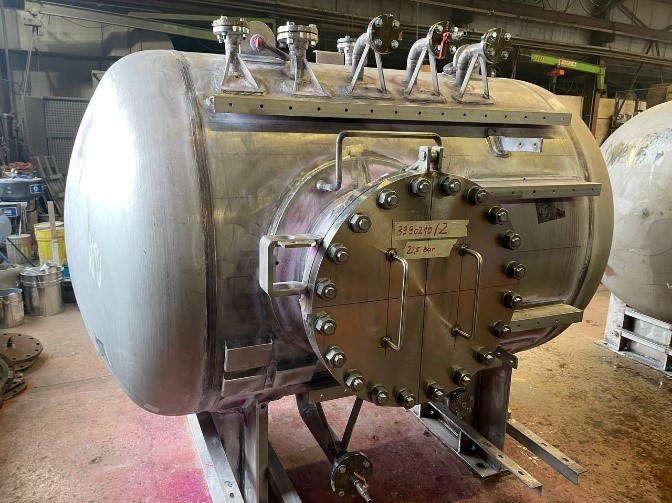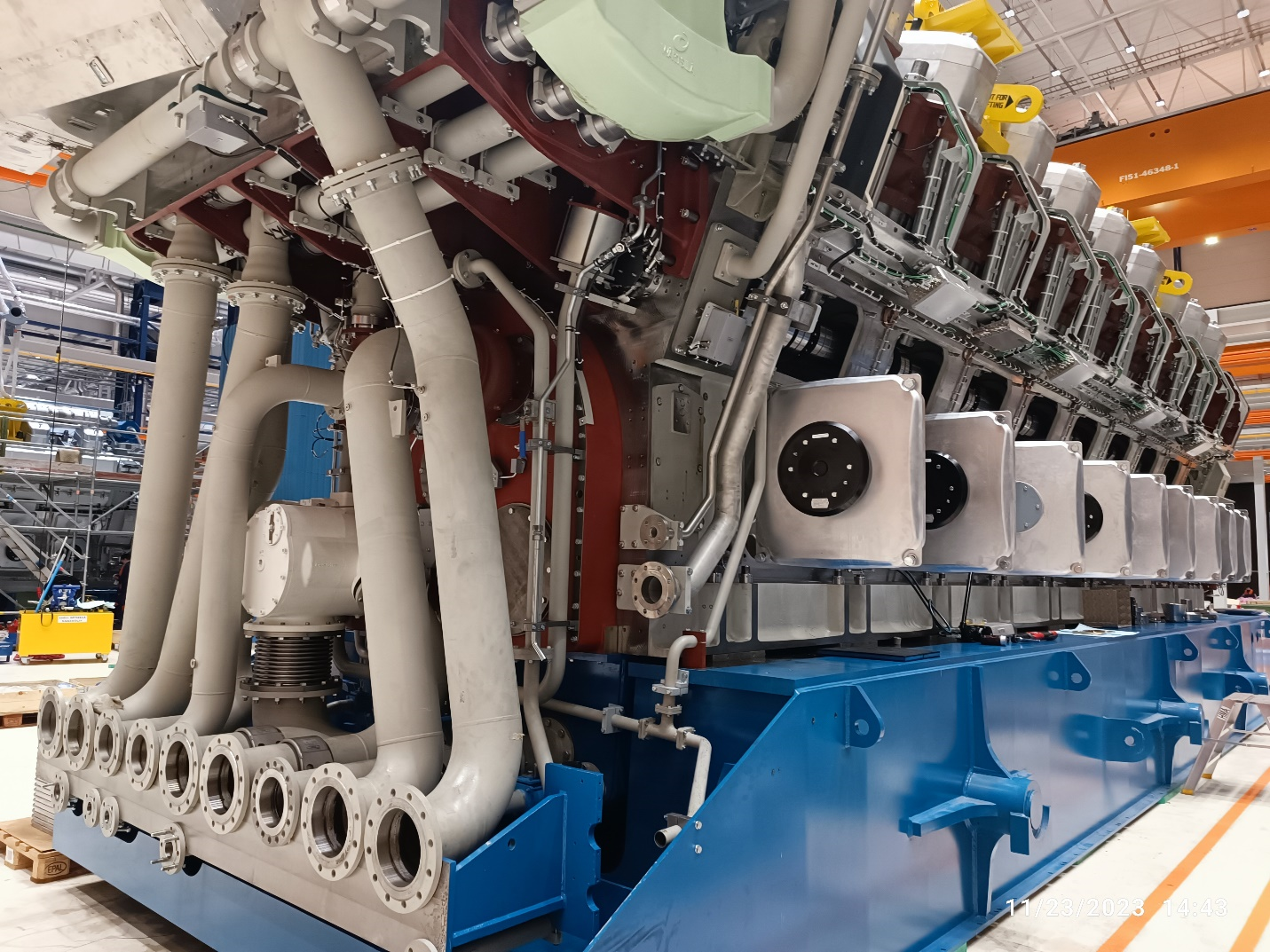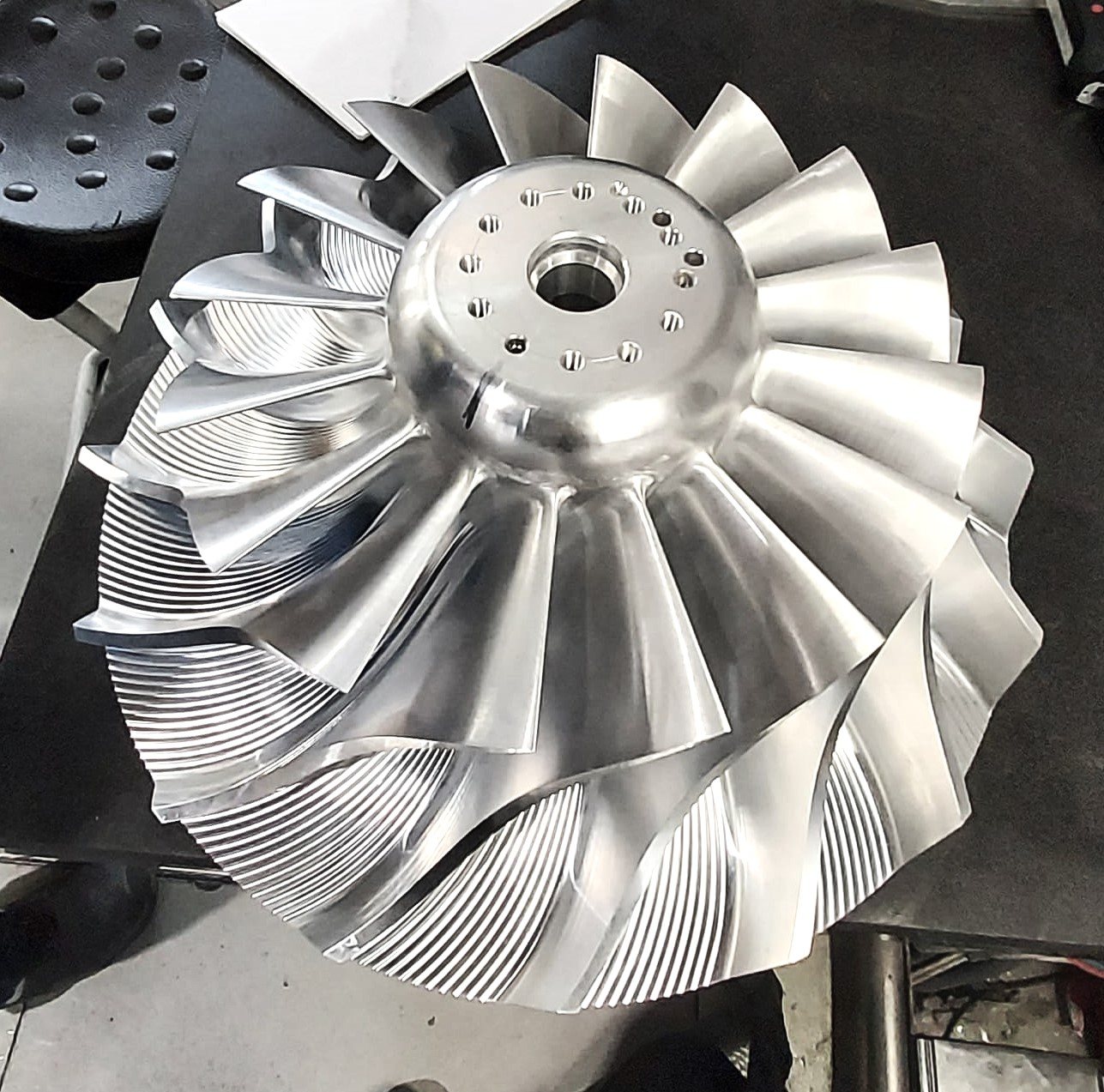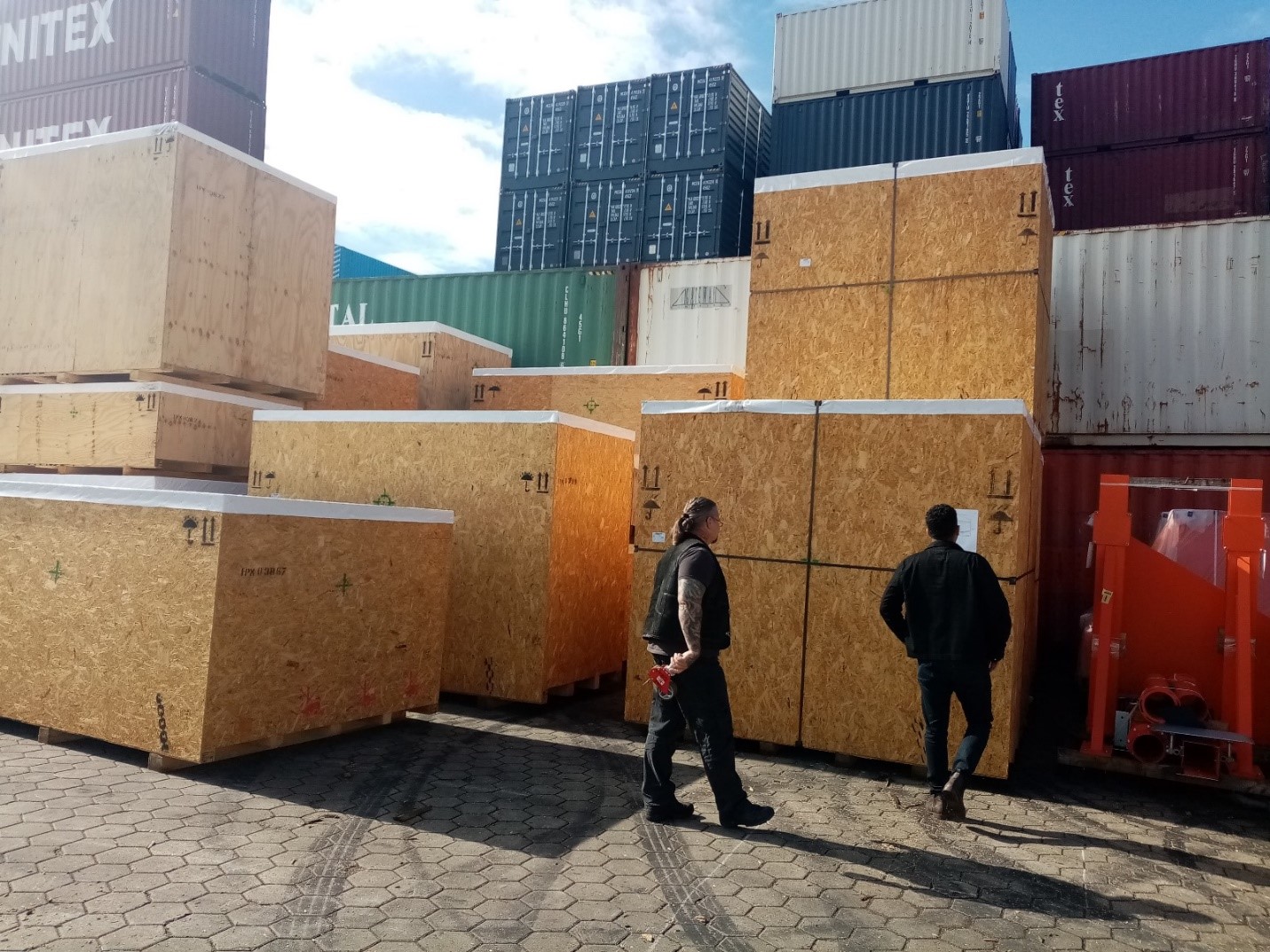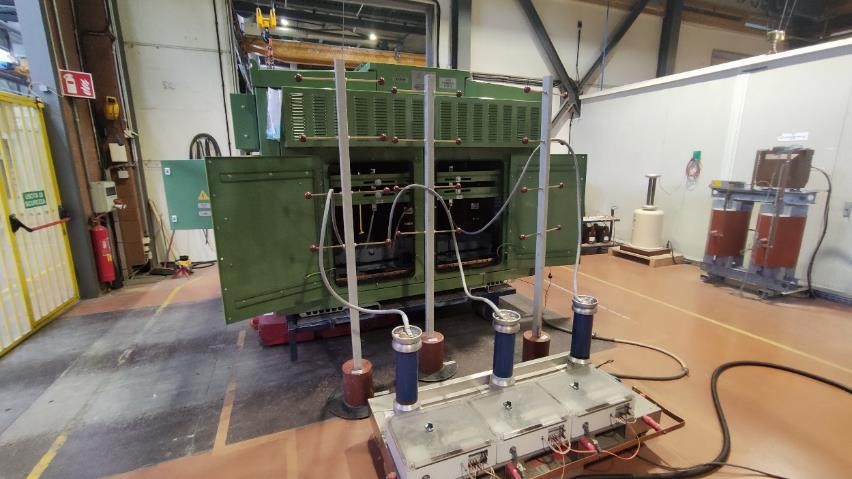Effective crack detection in pressure vessels is a critical aspect of ensuring their overall safety and structural integrity. This proactive approach not only safeguards against potential failures but also enhances the longevity of these essential components. To achieve this important objective, a diverse range of approaches and methodologies is available for detecting and addressing cracks, some common inspection activities include:
- Visual Inspection: This is a basic method where inspectors visually examine the surface of the pressure vessel for any visible defects, such as cracks, pits, or deformations.
- Non-Destructive Testing (NDT): NDT methods, like ultrasonic testing, radiographic testing, magnetic particle testing, and dye penetrant testing, detect flaws that may not be visible to the naked eye. These methods for crack detection use various physical principles to identify structural defects.
- Pressure Testing: Hydrostatic or pneumatic pressure testing is employed to check the vessel’s integrity under pressure. Any leaks or deformities can indicate flaws in the vessel.
- Material Testing: Testing the material properties of the pressure vessel, such as hardness, tensile strength, and chemical composition, can help identify potential issues in the material itself.
- Weld Inspection: If the vessel is fabricated through welding, the quality of the welds is critical. Weld inspection techniques for crack detection, including radiographic or ultrasonic testing, can reveal weld defects.
- Documentation Review: Ensure that all production documentation, including design specifications and welding procedures, is in order. Discrepancies or deviations from the specified procedures could lead to flaws.
It’s important to follow industry standards and regulations when inspecting pressure vessels to ensure safety and compliance. Qualified inspectors and proper equipment are essential for a thorough and accurate inspection process.
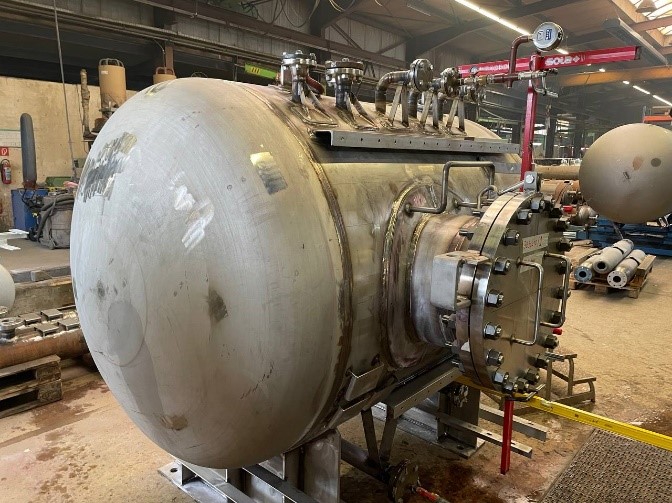
Regarding one of our inspection sessions, Vessel Nos. 3990210/1 and 3990210/2 were used for the pressure test. The visual inspection of the welds inside the tanks was conducted before the test. The vessels were pressurized to 22.5 bar (1.5 times the design pressure of 15 bar) and held for 60 minutes.

The calibration certificates of the manometers used and their ranges were checked, with acceptable results. The chloride content of the water used was also tested, and it was found to be lower than 50 ppm. Both the vessel and its contents had a temperature above 16 °C, in accordance with the test procedure. The pressure test for crack detection was carried out for a duration of 60 minutes, and no pressure drop or leakage was observed, resulting in an acceptable test outcome.
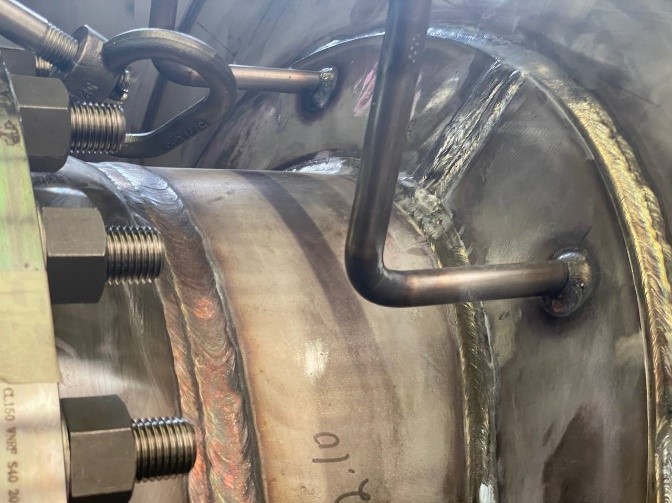
Crack detected? What are the next steps?
The next steps when a crack is detected in a pressure vessel during inspection typically involve the following:
- Isolation: Isolate the pressure vessel from any further operation or use to prevent the crack from worsening.
- Documentation: Carefully document the crack’s location, size, and type. Take photographs and make detailed records. This documentation will be important for analysis and future reference.
- Analysis: Determine the cause of the crack. Was it due to material defects, welding issues, or operational factors? Understanding the cause is crucial to prevent recurrence.
- Safety Assessment: Assess the safety implications. Depending on the vessel’s function and the crack’s severity, it might be necessary to take immediate safety precautions or shutdown procedures.
- Repair or Replacement: Depending on the size and location of the crack and the material used, assess whether the vessel can be repaired or if it needs replacement. Some cracks may be repaired by welding, while others may require vessel replacement.
- Weld Repair: If a decision is made to repair the crack through welding, it’s essential to use qualified welders, follow approved welding procedures, and conduct non-destructive testing to ensure the repair’s integrity.
- Quality Control: Implement quality control measures to verify that the repair or replacement is done correctly, meeting industry standards and regulatory requirements.\
- Reinspection: After repair or replacement, conduct a thorough reinspection to ensure that the pressure vessel is free of any defects and safe for operation.
- Regulatory Reporting: In many cases, any significant crack or repair of a pressure vessel may need to be reported to relevant regulatory authorities.
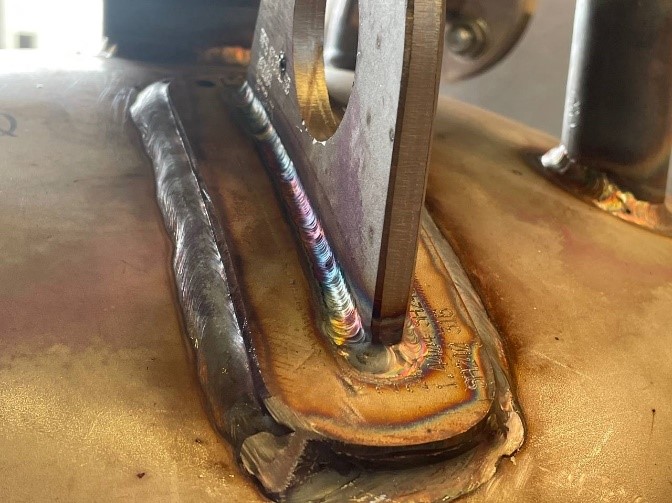
It’s crucial to involve qualified professionals and follow industry-specific guidelines and regulations when addressing cracks in pressure vessels, as the safety of personnel and the integrity of the equipment are paramount. The inspection of pressure vessels is subject to various standards and regulations, including the ASME Boiler and Pressure Vessel Code, API 510, PED (Pressure Equipment Directive), the National Board Inspection Code (NBIC), and various national and international standards. The specific standards and regulations applicable may vary by industry and location, so it’s essential to consult the relevant authorities and codes for compliance in a particular context.
You can read more about Third party inspection of pressure vessels in the part 1 of this article.
